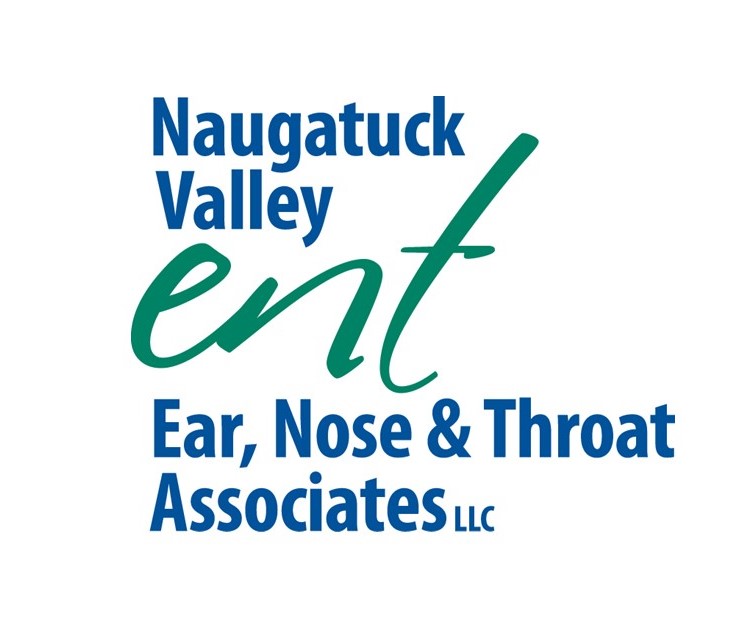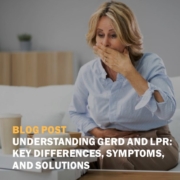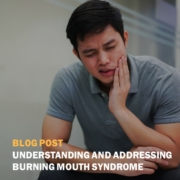When Swallowing Gets Tough | Aging and Dysphagia in Wallingford, CT
If swallowing has become uncomfortable or even worrisome, you’re not alone—dysphagia affects over 1 in 5 adults over 50. From subtle changes in muscle strength to serious complications like aspiration, aging can have a quiet impact on how we eat and drink. If you’re noticing signs of difficulty, the team at Naugatuck Valley ENT offers expert diagnosis and personalized care. Call (203) 578-4630 to schedule a consultation and take the first step toward safer, easier swallowing.




